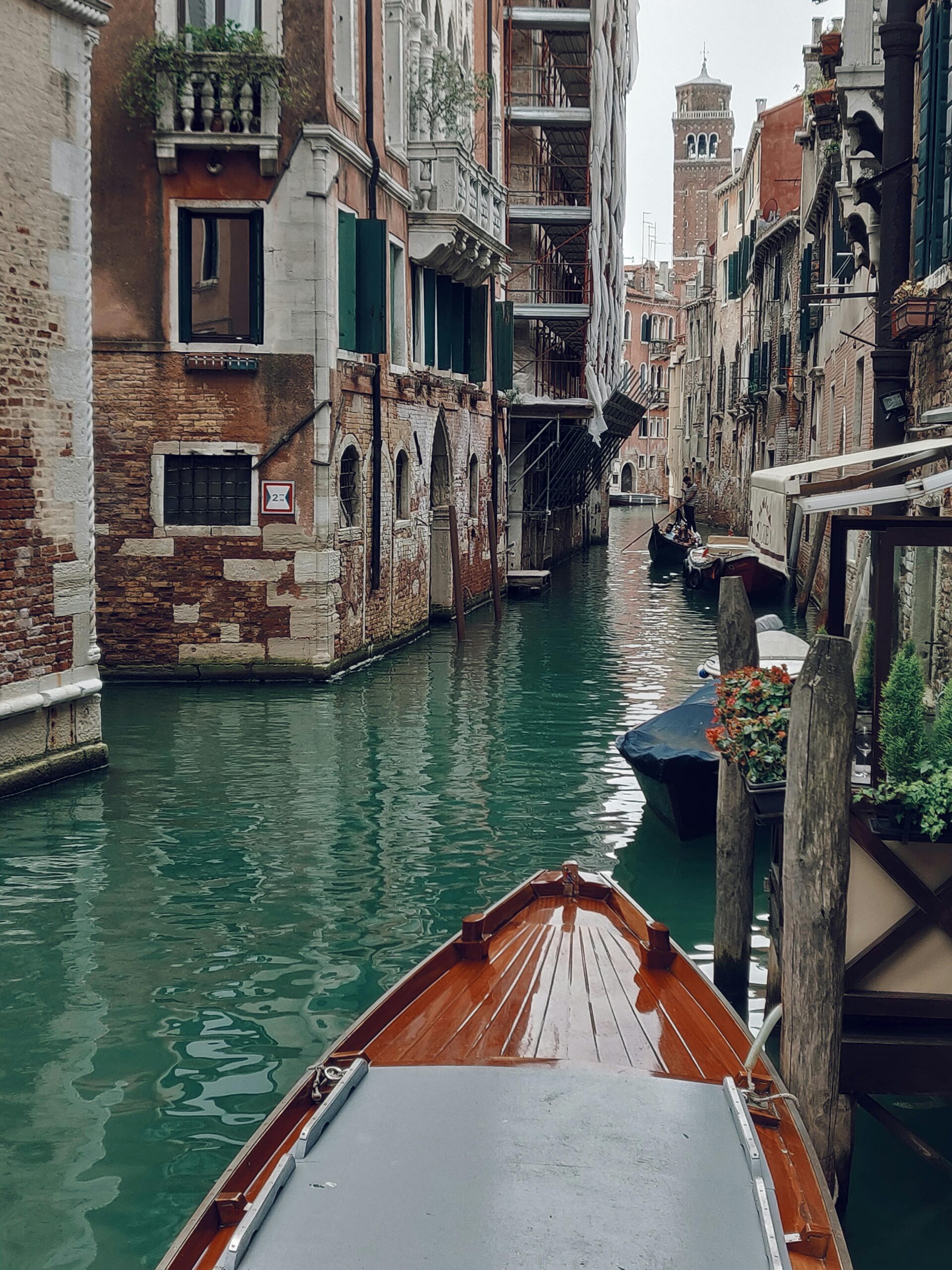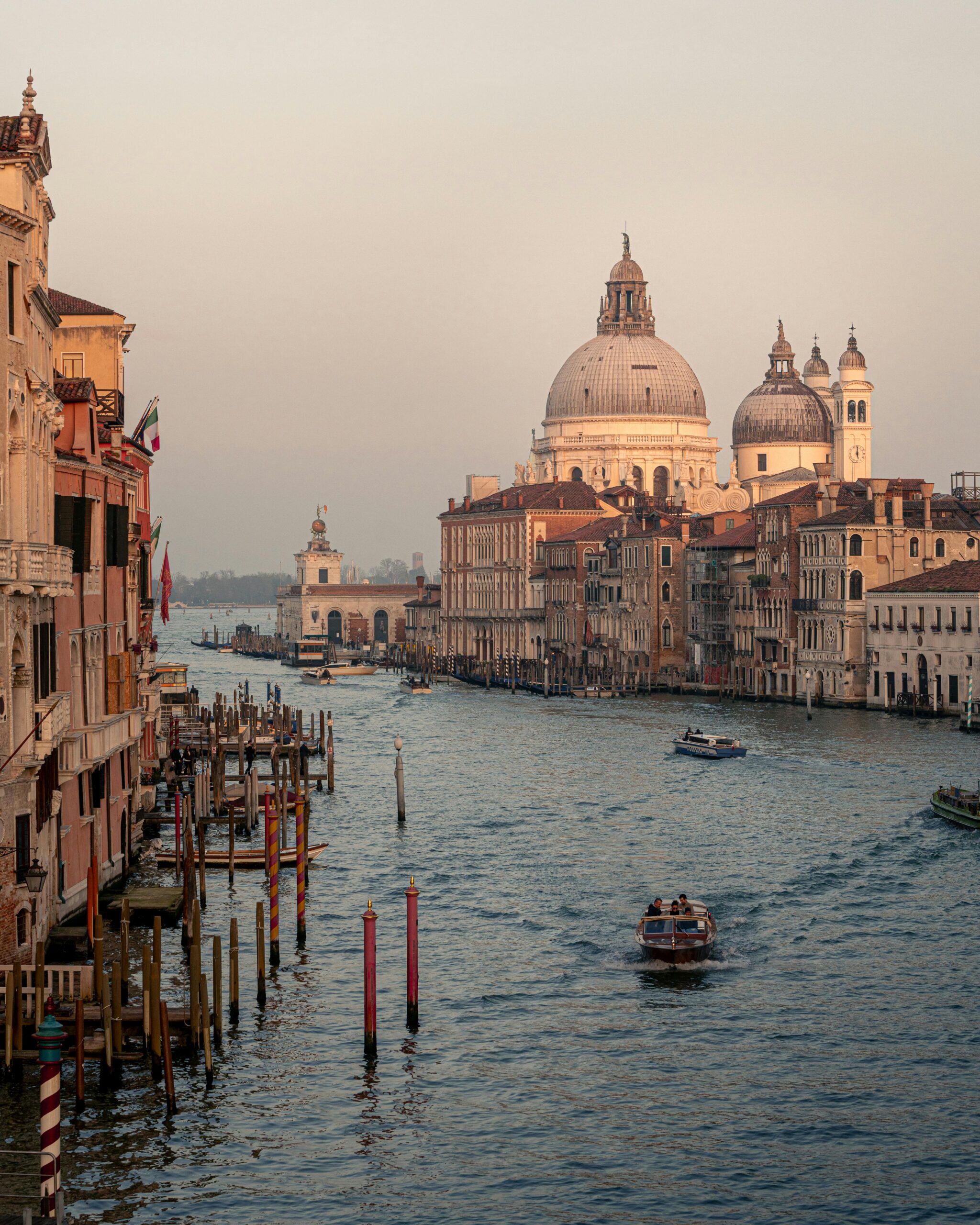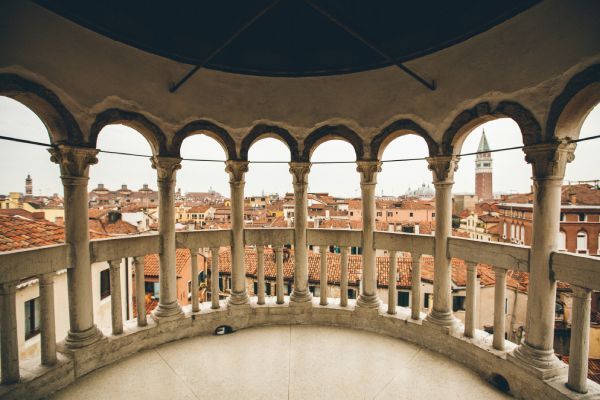Venice
Where to Stay in Venice: A Guide to the City’s Vibrant Neighborhoods
Planning a trip to Venice and wondering where to stay? You’re in the right place. Even though Venice isn’t very big, its different districts each have their own feel and personality. Your experience will change with every bridge you cross, from lively piazzas to quiet winding streets. In this traveler-friendly guide, we’ll break down the neighborhoods of Venice so you can find the area that fits your travel style and makes your stay extra special.
Understanding Venice’s Six Historic Districts
Venice is made up of six historic sestieri: San Marco, Castello, Dorsoduro, Cannaregio, San Polo, and Santa Croce. Plus, there’s the island of Giudecca just across the water. Each district has its own stories, traditions, and great places to call home during your visit.
Savoring San Marco: The Heart of Classic Venice
San Marco is often the first stop for most visitors. This sestiere is truly the ceremonial heart of Venice. If you stay here, you’ll be neighbors with world-famous sights: St. Mark’s Basilica, the Doge’s Palace, the Campanile, and the spectacular Piazza San Marco. It’s also where the most luxurious hotels, elegant boutiques, and bustling cafes set the scene for a memorable Venetian holiday.
If you want to step outside and immediately be part of Venice’s lively energy, San Marco is perfect for you. You’ll enjoy easy walking access to shops, pastry stops, museums, and gondola stations. But remember, location comes with a price. Hotels here tend to be at least €60 to €80 per night more expensive than similar options in quieter districts. Still, you’ll find a mix of five-star hotels, charming guesthouses, and hidden gems tucked down tiny streets.
Imagine waking up to the sound of church bells, sipping your morning espresso overlooking the grand piazza, or watching the lights sparkle on the canals from your window. San Marco gives you Venice at its most magical and is especially ideal for first-time visitors who want to see it all.
Feeling inspired to stay in San Marco? Check out tickets for top attractions here.
Castello: A Window into Authentic Venetian Life
Castello is the largest district in Venice, stretching east from San Marco almost all the way to the city’s edge. While parts closest to San Marco have their share of tourists, Castello is famous for its quiet, local side. Venture a little farther east and you’ll find lively local squares, friendly artisans, and hidden courtyards where daily Venetian life unfolds at a gentle pace.
The Arsenale, once the heart of Venice’s naval power, anchors this district, and the leafy Biennale Gardens attract art-lovers from across the globe. Castello isn’t the doorstep of the Rialto Bridge as some believe the bridge sits between the San Polo and San Marco districts but you’re never more than a 10 or 15 minute stroll away from major sights.
Accommodations in Castello come in all shapes and sizes. You’ll find reasonable prices compared to San Marco, whether you want a historic palazzo stay or a welcoming guesthouse. For travelers who like a true local vibe with easy walking distance to all the must-see sights, Castello is a wonderful choice.
Want to visit the Biennale or the Arsenale? Buy Biennale tickets here.
Dorsoduro: Venice’s Artsy, Laid-back District
Across the Grand Canal from San Marco sits lively Dorsoduro. This is Venice’s main university area and a magnet for artists and students. Expect to find cool cafes, craft galleries, and beautiful walks along the water’s edge. Some of Venice’s best art is here, like the Peggy Guggenheim Collection and the famed Gallerie dell’Accademia.
Dorsoduro is known for its sunny Zattere promenade, stretching a kilometer along the Giudecca Canal. This is one of the best spots for a morning stroll with a pastry, or a sunset walk as gondolas float past. The vibe here is relaxed but creative, with open piazzas like Campo Santa Margherita buzzing day and night.
Nightlife in Dorsoduro is livelier than most other parts of Venice. You’ll find plenty of bars and late-night bakeries, although the scene is still pretty mellow compared to cities like Barcelona. Accommodations are a little less pricey than in San Marco, ranging from boutique hotels to student-friendly hostels and stylish apartments.
If you appreciate art, want a fun yet relaxed atmosphere, and prefer picturesque canal views away from the mid-day crowds, Dorsoduro is a fantastic base.
Love art? Buy Guggenheim museum tickets here.



Cannaregio: Life Along Venice’s Bustling Northern Canals
Cannaregio, in the north of Venice, is where everyday Venetian life really shines. This welcoming district is home to the historic Jewish Ghetto, peaceful canalside walkways, and some of the city’s best street food and cafes. Cannaregio stretches from near the train station to the Grand Canal, making it convenient if you’re arriving by train or want easy access to the rest of the city.
Locals love catching the vaporetto (water bus) along the Cannaregio Canal. You’ll find plenty of mid-range hotels, traveler-friendly B&Bs, and a few swanky stays facing the Grand Canal. Prices here are often a great value, and you can easily blend in with locals as you stroll to bakeries, parks, and neighborhood bars.
Cannaregio is perfect if you like a less touristy scene but still want to be near everything. It’s also great for families and longer stays. Don’t forget to visit the Cannaregio Ghetto to reflect on an important piece of Venetian history.
Ready to explore by vaporetto? Buy vaporetto tickets here.
San Polo & Santa Croce: Timeless Markets and Hidden Treasures
While not as often mentioned, San Polo and Santa Croce should not be overlooked. San Polo is compact and lively, known for the historic Rialto Market and its central location just across the bridge from San Marco. Friendly shops, neighborhood osterias, and centuries-old churches fill these winding lanes. If you love being at the heart of Venice but want slightly better prices and more local flavor, San Polo is a smart pick.
Santa Croce is the most convenient for arrival and departure, thanks to its proximity to Piazzale Roma (the gateway for buses and cars) and the train station. You’ll find plenty of traveler-friendly hotels here, often at lower prices than anywhere else this close to the city center.
Giudecca: Peaceful Island Views and Luxe Retreats
Giudecca is a separate island just a quick vaporetto ride from Dorsoduro or San Marco. This area offers spacious gardens, luxury hotels, and some of the best sunset views of the city skyline. Stay on Giudecca if you want a peaceful retreat after busy sightseeing, but keep in mind you’ll always need the boat to reach other sights.
How to Get Around: Venice on Foot and By Vaporetto
Venice is super compact and almost entirely walkable. With no cars allowed in the heart of the city, it’s easy to stroll from one neighborhood to another. Still, the vaporetto water bus network is convenient for covering longer distances or carrying luggage. Most rides across the lagoon or along the Grand Canal take less than 30 minutes. For schedules, maps, and to buy tickets in advance, visit the official vaporetto ticket page.
Safety and Nightlife: What to Expect After Dark
Venice is generally safe compared to many other cities. Pickpocketing can happen, especially around main vaporetto stops and busy pedestrian routes, so take normal city precautions. After dark, the city becomes especially beautiful and peaceful. While Venice isn’t famous for its wild nightlife, Dorsoduro’s Campo Santa Margherita is the liveliest, and you’ll find cozy wine bars and late-night gelato spots all over town.
Frequently Asked Questions About Where to Stay in Venice
- What is the best area to stay in Venice for a first visit?
San Marco puts you at the center of things, but San Polo and Dorsoduro are also excellent with quick access to major sights. - Which neighborhoods feel more local and less touristy?
Choose Cannaregio or the quieter parts of Castello for a more authentic slice of Venetian life. - Where can I find the best balance of price and location?
Santa Croce, Castello, and Cannaregio usually offer better deals than San Marco for the same standard of lodging. - How late do things stay open?
Venice is a quieter city at night compared to many European towns, but bars in Dorsoduro and cafes in Campo Santa Margherita stay open late. - Is Venice ideal for walking?
Absolutely. Nearly everything is reachable by foot, and most neighborhoods are within a half-hour walk of the city’s main attractions. - Can I walk around safely at night?
Yes, as long as you practice usual city awareness. Venice is peaceful at night, with most visitors enjoying a quiet stroll or late dinner. - Where do wealthy Venetians live?
Affluent locals (and plenty of dream-home seekers) own prime real estate along the Grand Canal, especially in San Marco, Dorsoduro, and San Polo.
Each district in Venice has something unique to offer. If you want all the major sights on your doorstep, aim for San Marco or San Polo. For a more local, affordable feel, check out Cannaregio, Castello, or Santa Croce. If you’re looking for lively student neighborhoods and art, Dorsoduro has your name on it. And don’t forget Giudecca for peace and space.
No matter where you pick, Venice is a city for wandering, discovering, and savoring every moment. Its beauty, character, and history are truly unforgettable. Plan your stay, pack your camera and walking shoes, and you’ll enjoy the adventure of a lifetime in the lagoon city.
Before you go, be sure to secure your tickets for major attractions and your vaporetto. See you in Venice!




Discover Venice on Foot
Why our Venice guide works
Our mission is simple: help you explore Venice in a smart, walkable way. Every guide includes time‑boxed routes, an interactive map, and practical advice on tickets, transport, safety, and food so you can discover Venice without overwhelm.
✔️ Clear, realistic Venice itineraries built by locals
✔️ Insider tips to beat crowds and avoid tourist traps
✔️ On‑route cafés, trattorie, gelato, and viewpoints
✔️ Offline‑friendly PDFs + map pins for your phone
FAQs
Will the itineraries work offline?
Yes. The PDFs are phone‑friendly and the map pins can be saved offline (instructions included).
Do you update opening hours and links?
We maintain 2025 updates and push changes to your download link whenever things change.
Are tickets included?
No, attraction tickets, transport, and meals are not included. We provide direct links and advice on what to book.
Refunds for digital downloads?
All sales are final. If you have trouble accessing files or the map, contact us and we’ll help.
Free Venice planning checklist (PDF)
Join 10k+ travelers planning to explore Venice smarter
We’ll email you the checklist to save on your phone.